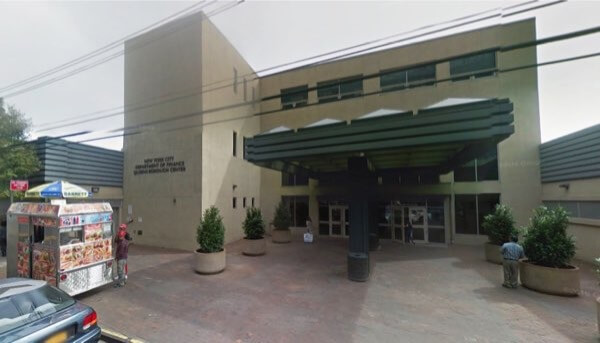By Patrick Donachie
The highest concentrations of tax liens sold in New York City were located in southeastern Queens and central Brooklyn, according to an analysis conducted by New York University’s Furman Center. Though foreclosures on these properties remain low, some elected officials stress the need to allay the uncertainty the process can bring while acknowledging it is a revenue source for the city.
“Eleven community districts (with all but one in Brooklyn or Queens) contained 50 percent of the lots citywide with at least one lien sold between 2010 and 2015,” the July 2016 report found. The Furman Center produces analyses that detail issues in housing and urban policy.
If a city property runs up a debt on unpaid charges, those debts can turn into a lien that the city can sell to a third party. Until 1993, the city could take on properties with tax liens older than one year, which led to thousands of foreclosed properties that were owned by the city.
To rectify the problem, the city passed legislation in 1996 that would allow the Department of Finance to sell tax liens, and the opportunity to collect the debt, to a new owner. The sales could raise revenue for the city and relieve city government of lien ownership.
Tax lien sales proved to be a strong revenue generator, with the Furman Center noting the city received more than $1.3 billion from the sale of the liens between 1997 and 2015, and made millions from homeowners trying to pay deliquent charges after a lien was put on the home. The center found that 15,038 residential properties in Brooklyn, the Bronx, Manhattan and Queens were affected by a lien sale between 2010 and 2015.
Lien buyers can pursue foreclosure on property owners, though a September 2016 Council report found that only 1.7 percent of the liens from 2008 to 2011 resulted in a property foreclosure. The Furman Center suggested a high rate of tax lien sales could indicate areas where property owners were more in danger of indebtedness or foreclosure.
“As an indicator of distress, and possibly an opportunity for neighborhood-based intervention, the location and concentration of tax liens is information that may be useful to policy makers and community development practitioners,” the report said.
The analysis found that Community District 12, which includes parts of southeastern Queens, and Brooklyn’s Community District 5, which includes East New York, were the only districts with more than 1,000 lots with at least one tax lien sale from 2010 to 2015. Southeast Queens has seen particularly high rates of foreclosure, and the area accounted for the overwhelming majority of lien sales in the borough.
On Jan. 18, the City Council signed legislation extending the tax lien program, while attempting to broaden the flexibility of repayment plans for property owners and expand notification and data collection.
During a Finance Committee meeting prior to the Council vote, Councilman I. Daneek Miller (D-St. Albans) said many homes in his district were owned by seniors, some of whom found themselves suffering from tax liens due to unpaid charges. He said the process could cause anxiety, though he expressed appreciation that in the majority of cases the city avoided a lien sale to a third party.
“So we have to figure out a way to be more humane in that and perhaps, as we put our heads together, and get out to our senior community, we could address that in a better way,” he said, “because there is nothing more devastating than to see seniors agonize over potentially losing their home.”
Reach reporter Patrick Donachie by e-mail at pdona




































